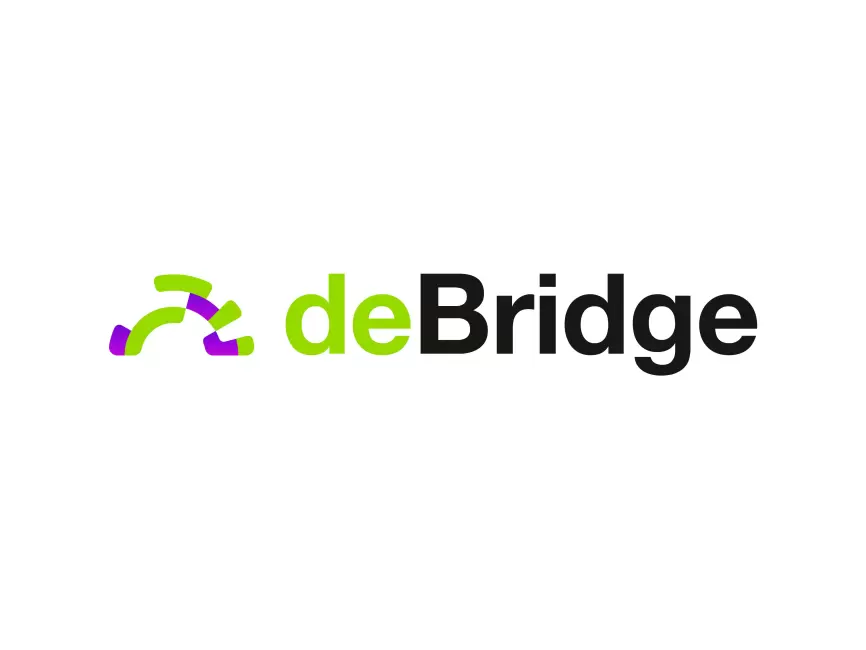Whoa! Ever tried moving your assets across blockchains and felt like you were hacking the Matrix? Seriously, cross-chain swaps and blockchain bridges are supposed to be the future, right? But sometimes it all feels more like a clunky mess than smooth interoperability. My gut says this is due to the underlying complexity and the variety of approaches out there.
Here’s the thing: blockchain ecosystems are growing fast, but they’re often siloed—like different countries with their own languages and no common translators. Cross-chain bridges are meant to be those translators, enabling assets and data to flow freely. But the solutions vary wildly, from wrapped tokens to smart contract locks, each with their own trade-offs. Hmm… it’s not just tech; it’s a puzzle of trust, security, and user experience.
At first glance, I thought all bridges worked the same way—lock tokens on one chain, mint wrapped tokens on another. Simple, right? Actually, wait—let me rephrase that. While that’s the basic premise, the devil’s in the details: consensus mechanisms, validator sets, and security assumptions differ a lot. Plus, some bridges rely on centralized relayers, which bugs me. Isn’t decentralization the whole point?
On one hand, locking and minting wrapped tokens allow for relatively seamless cross-chain swaps, but on the other, they introduce new risks, like smart contract vulnerabilities or reliance on trusted parties. Take the infamous hacks on bridges in recent years—thousands of users lost funds overnight. So yeah, trust is fragile here, even though the tech is promising.
Something felt off about the way many platforms handle cross-chain interoperability. It’s like they’re rushing to build bridges without testing if those bridges can withstand heavy traffic or bad weather. That’s why I’ve been keeping an eye on emerging solutions that embrace not just locking assets, but also decentralized validation and governance—kind of like a neighborhood watch for transactions across chains.
Okay, so check this out—

Look at this diagram illustrating a multi-validator consensus bridge. Instead of trusting a single party, multiple validators confirm transactions, reducing risk. This kind of design is gaining traction because it balances speed with security better than older models.
One project that caught my attention is the one behind the debridge finance official site. They focus heavily on interoperability with a decentralized multi-chain network. What’s cool here is their approach to cross-chain swaps—not just moving tokens, but also enabling data and arbitrary calls between smart contracts on different chains. That’s a step beyond simple token bridges and opens up a lot of possibilities.
Initially, I was skeptical about how user-friendly these bridges could be. But after trying their interface, I realized that they’re making it pretty intuitive. Don’t get me wrong, it’s not perfect—there are delays and occasional glitches—but the direction seems promising. It’s like they’re building a highway where before there were only dirt roads.
Also, the whole cross-chain swap ecosystem is evolving so fast that standards are still in flux. For instance, some bridges prioritize speed and low fees, while others focus on maximum security, even if transactions take longer. That inconsistency can confuse users and fragment liquidity.
Another thing: interoperability isn’t just about moving coins. It’s about enabling DeFi composability across chains. Imagine lending your assets on Ethereum and using them as collateral on Binance Smart Chain without cumbersome manual steps. That’s the dream, but we’re still ironing out the kinks.
Why Interoperability Still Feels Like the Wild West
Seriously, there’s this Wild West vibe because of the patchwork of protocols, standards, and security models. Every bridge seems to reinvent the wheel—some with wrapped tokens, some with sidechains, others with relayers. It’s fragmented. And that fragmentation is a big reason why cross-chain swaps aren’t as seamless as they should be.
Here’s what bugs me about many bridges: they often sacrifice decentralization for speed or vice versa. For example, centralized relayer bridges might process swaps quickly but become single points of failure. Meanwhile, fully decentralized multi-signature validators are safer but can slow things down or increase costs. It’s a tough balance.
And then there’s user experience—UX often feels like an afterthought. People want quick swaps without confusing steps or multiple approvals, but bridging protocols sometimes require users to manually interact with different wallets or wait for confirmations across chains. This friction kills adoption.
Oh, and by the way, security audits are a mixed bag. Some projects rush to market with half-baked audits or none at all, leading to exploit risks. That’s why I always recommend checking out the reputation and community feedback before trusting a bridge with any serious funds.
On the other hand, there are newer projects prioritizing security with decentralized governance and community oversight. They aim to build bridges that not only move assets but also evolve with the ecosystem’s needs. This is where I see the real promise of interoperability—bridges that adapt and improve over time.
Speaking from experience, I’ve used a handful of cross-chain bridges in testing and real trades. The delays and occasional hiccups are frustrating, but the sheer capability to move assets between chains is transformative. It’s like having a universal translator for blockchains.
But I’m not 100% sure where this will all land. Will centralized exchanges eventually dominate cross-chain liquidity because of their user-friendliness? Or will decentralized bridges like the ones you find on the debridge finance official site carve out a safer, more trustless path? Time will tell.
One last thought—regulatory scrutiny is looming. As bridges become gateways for billions in assets, they’ll attract more watchdog attention. That could either stifle innovation or push the industry to build more robust, compliant infrastructures. Either way, interoperability is going to be a hot topic for years.
FAQ
What is a cross-chain bridge?
A cross-chain bridge is a protocol that allows assets or data to move between different blockchain networks, enabling interoperability and cross-chain DeFi activities.
Are cross-chain swaps safe?
They can be, but it depends on the bridge’s security model. Decentralized multi-validator bridges tend to be safer, while centralized relayer bridges carry higher risks. Always do your research.
How does deBridge improve interoperability?
deBridge enables decentralized, multi-chain interoperability not only for token transfers but also for arbitrary transaction calls, which broadens the potential for cross-chain DeFi composability.
